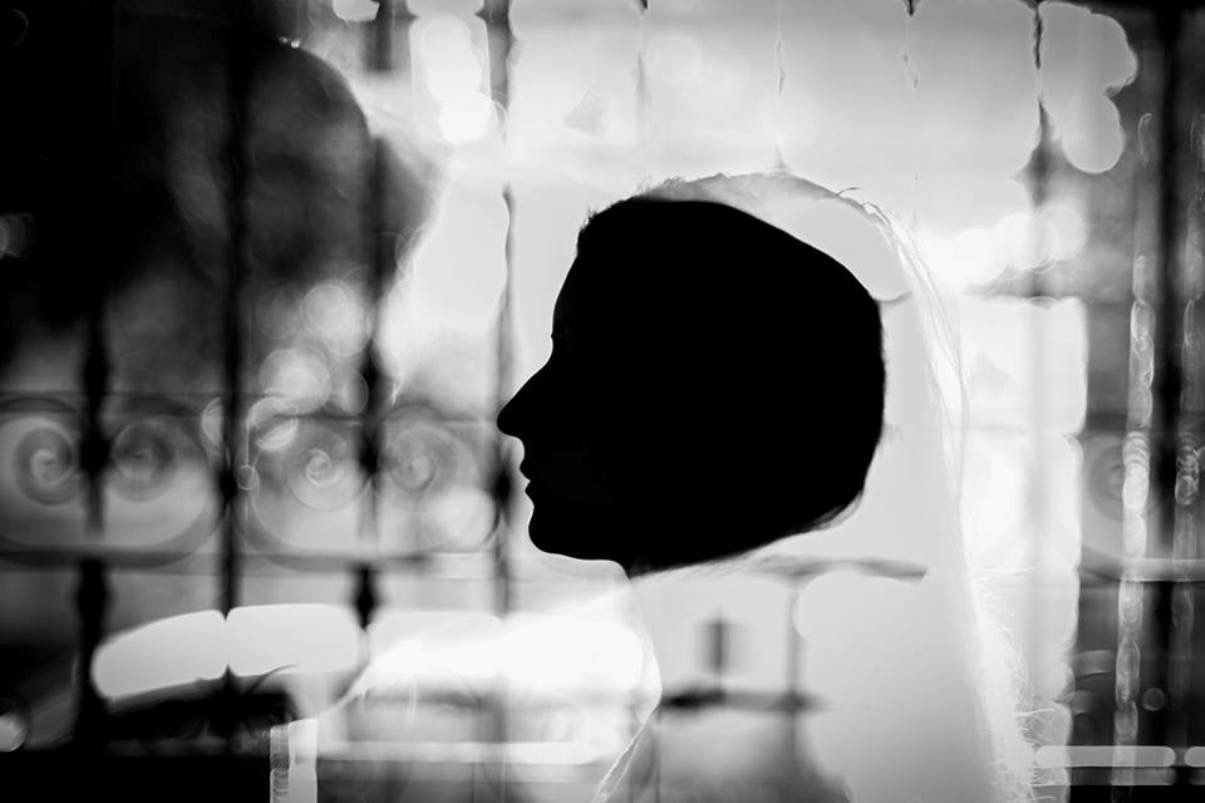
ESTUDIOS DEL MOVIMIENTO
The idea of the work arises from the concern to study and express movement.
Consisting of three studies for solo piano, it is not a finished work, but it is open to be continued in the future by adding more studies.
The first study refers to the movement we make when floating in the water. It is a movement that we cannot abandon; otherwise, we would drown. The permanence and continuity of this movement allow us to survive and, once automated, we can enjoy the water. This study involves the repetition of a single sound gesture formed by an ascending arpeggio that advances through a repetition in development that builds its own structure where no phrase or section is repeated identically. From the various combinations of these arpeggios, a great coral is being created which allows the discourse to proceed by building its own structure.
The second study attempts to underline that our hands are arranged in a mirror-like position. If we really move the fingers of our hands in parallel, the mirror arrangement is evident. That is, the movements that the fingers of one end of one hand can make are far from those of the other. A great tradition in keyboard music has achieved an unconscious parallelism in the performers through some techniques, such as finger cross-linking, mute keys, specific fingerings, etc. This study, through the strict digitization of a melody in parallel octaves, will attempt to subtly demonstrate such symmetry. We could say that this study is reserved for the interpreter, since is he / she will understand what the piece proposes.
The third study consists of repeating the same action continuously without modifying any of its parameters, except for the height. The material consists of a scale that moves along the entire keyboard in an ascending and descending manner. This scale has a pentatonic scale structure masked by small internal symmetrical designs that derive from each white key. Beyond the fact that sempre pedal is used in almost the entire study, thus generating a progressive accumulation of harmonics regulated by the displacement and permanence in certain registers, the pedal is removed only twice, being those moments pure fiction.